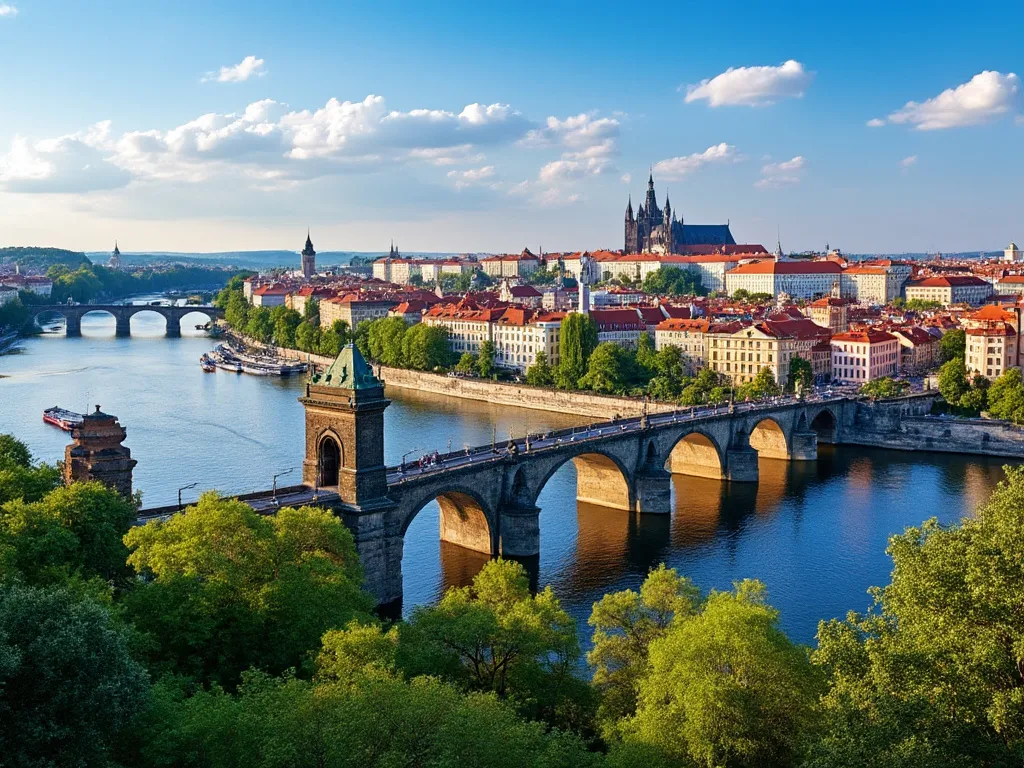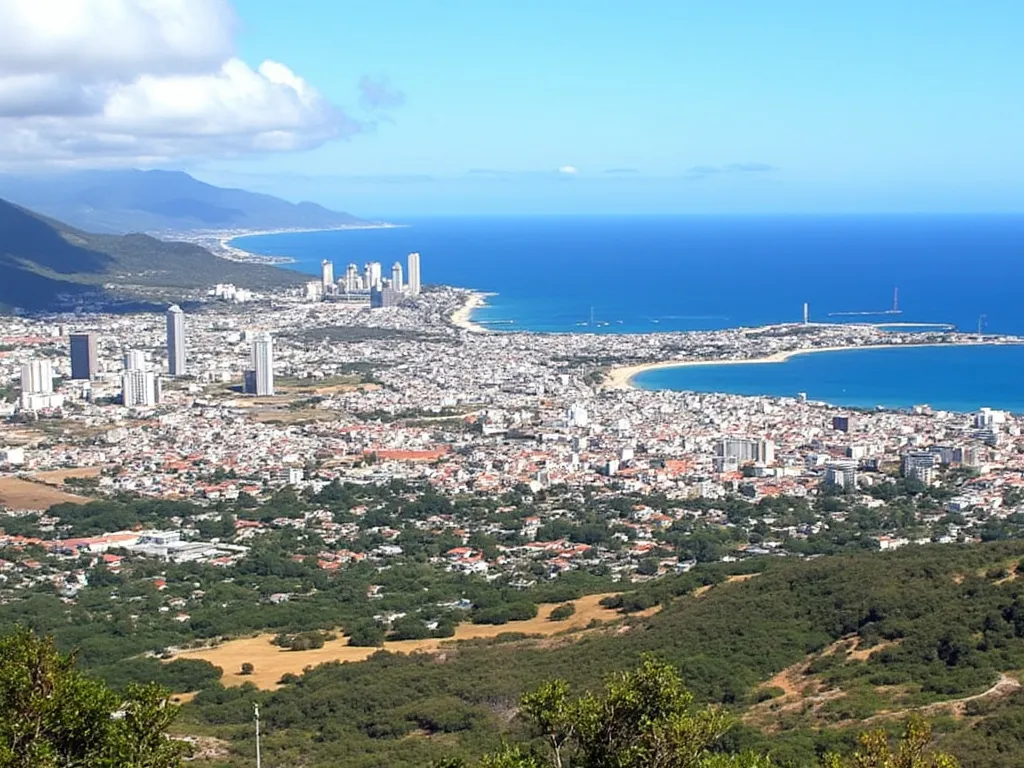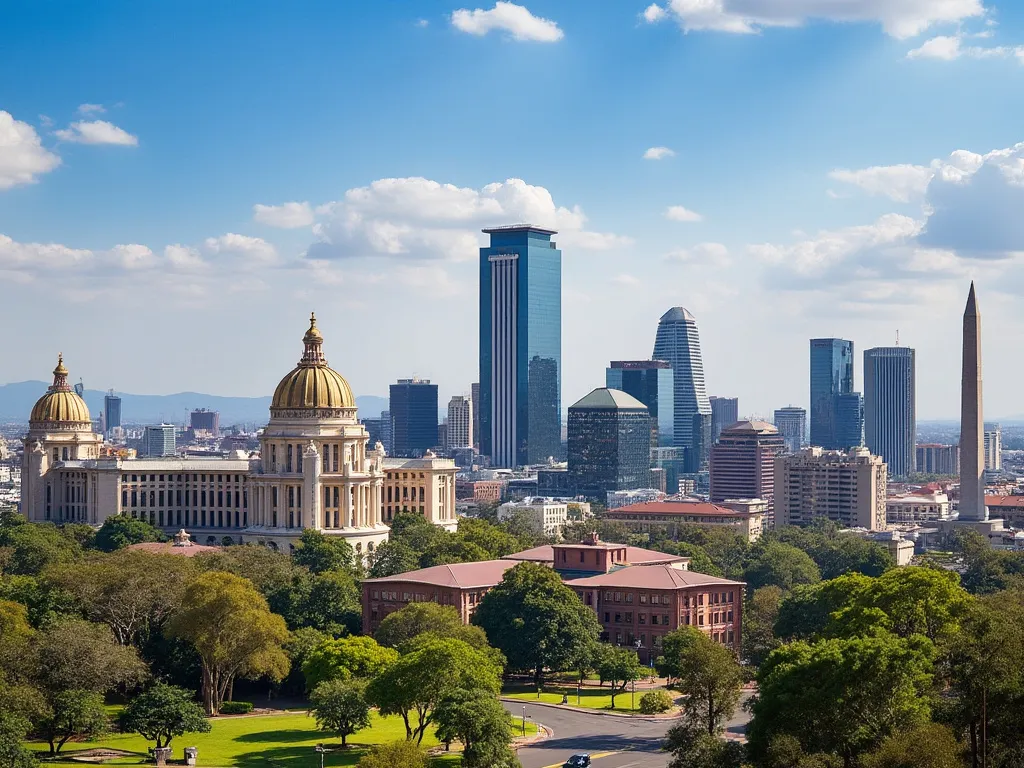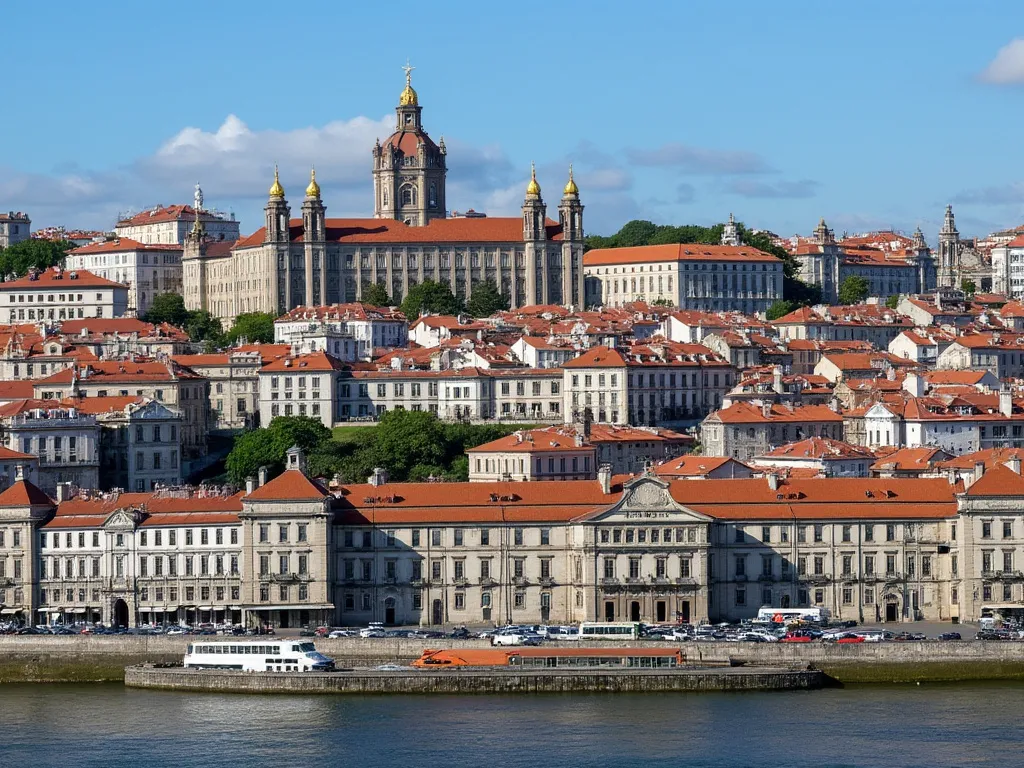
Prague, the capital city of the Czech Republic, is a city steeped in history and culture. Located in the northwestern part of the country, Prague is situated on the Vltava River and is known for its stunning architecture, rich cultural heritage, and vibrant atmosphere.
Prague information
| Country | 🇨🇿 Czech Republic |
| Population | approximately 1.3 million |
| Coordinates | 50.0755° N, 14.4378° E |
| Area | 496 km² (191.5 sq mi) |
| Climate | Humid continental climate (Köppen climate classification: Dfb) |
| Language | Czech |
| Currency | Czech koruna (CZK) |
| Time zone | Central European Time (CET), UTC+1 |
| Proximity to other major cities | Vienna (257 km), Berlin (346 km), Munich (384 km) |
Historical background of Prague
Prague has a long and storied history, dating back to the 9th century. The city has been an important center of trade, politics, and culture for centuries, and has been ruled by various empires and dynasties, including the Holy Roman Empire, the Habsburgs, and the Czechoslovak Socialists. Prague played a significant role in the Protestant Reformation and was a major center of learning and culture during the Renaissance.
Geographical location of Prague
Prague is located in the northwestern part of the Czech Republic, on the Vltava River. The city is situated in a valley, surrounded by hills and mountains, and is approximately 300 meters (984 feet) above sea level. The city's location has made it an important center of trade and commerce for centuries, with easy access to major European cities.
Cultural significance of Prague
Prague is a city with a rich cultural heritage, known for its stunning architecture, world-class museums, and vibrant arts scene. The city is home to numerous cultural institutions, including the National Museum, the National Gallery, and the Czech Philharmonic. Prague is also famous for its beer culture, with many traditional breweries and beer halls throughout the city.
Economic importance of Prague
Prague is the economic center of the Czech Republic, with a strong service sector and a growing tech industry. The city is home to many major companies, including Skoda Auto, Cesky Telecom, and Kofola. Prague is also a popular tourist destination, with over 7 million visitors per year, making tourism a significant contributor to the city's economy.
Interesting facts about Prague
- Prague is home to the oldest still-functional astronomical clock in the world, the Orloj.
- The city has a unique phenomenon called "Prague's Magic Circles," where the streets are arranged in a series of concentric circles.
- Prague is often called the "City of a Hundred Spires," due to its many churches and cathedrals.
- The city has a strong tradition of alchemy, with many famous alchemists having lived and worked in Prague.
Tourist attractions in Prague
- Charles Bridge: a historic bridge lined with statues and offering stunning views of the city.
- Old Town Square: a vibrant public square surrounded by historic buildings, including the famous Astronomical Clock.
- Prague Castle: a massive castle complex that includes several palaces, gardens, and the stunning St. Vitus Cathedral.
- Petřín Tower: a 60-meter-tall (197-foot-tall) steel tower that offers panoramic views of the city.
Conclusion on Prague
Prague is a city that seamlessly blends history, culture, and entertainment, making it a must-visit destination for anyone interested in exploring the heart of Europe. From its stunning architecture to its vibrant cultural scene, Prague is a city that has something to offer for everyone.
 Praia
Praia
 Pretoria
Pretoria
 Port Vila
Port Vila
 Porto-Novo
Porto-Novo